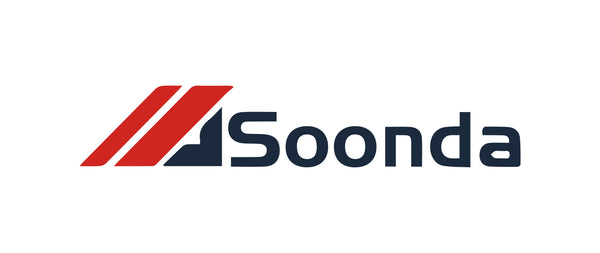How to Optimize Your Laser Engraving Machine for Better Performance
Share
Are you looking to get the most out of your laser engraving machine? As an authorized reseller of Ortur, Aufero, and DAJA brands, I have extensive experience in optimizing laser engraving machines for better performance. In this article, I will share some tips and tricks to help you get the best results from your laser engraving machine.
Understand the Capabilities of Your Machine
The first step to optimizing your laser engraving machine is to understand its capabilities. Different machines have different features and settings, and it's important to know what your machine is capable of. This will help you make the most of its features and achieve better results.
Take some time to read the user manual and familiarize yourself with the settings and features of your machine. This will help you understand the limitations and capabilities of your machine and make adjustments accordingly.
Choose the Right Materials
The type of material you use for laser engraving can have a significant impact on the performance of your machine. Some materials are easier to engrave than others, and some may require specific settings or adjustments. It's important to choose the right material for the job at hand.
For example, wood and leather are popular materials for laser engraving and are relatively easy to work with. On the other hand, metals and glass require more precise settings and techniques. Make sure to do some research and choose materials that are suitable for your machine and the desired outcome.
Calibrate Your Machine Regularly
Regular calibration is crucial for maintaining the performance of your laser engraving machine. Over time, the laser beam may become misaligned, resulting in poor engraving quality. It's important to calibrate your machine regularly to ensure that the laser beam is accurately hitting the desired spot.
Most laser engraving machines come with built-in calibration tools and instructions. Make sure to follow these instructions carefully and perform regular calibration to keep your machine in top shape.
Adjust the Speed and Power Settings
The speed and power settings of your laser engraving machine play a significant role in the quality of the engraving. If the speed is too high, the engraving may be shallow and faint, while a low speed can result in deep and dark engravings.
Similarly, the power settings also impact the depth and darkness of the engraving. It's important to find the right balance between speed and power for the best results. Experiment with different settings and materials to find the optimal combination for your machine.
Clean and Maintain Your Machine
A clean and well-maintained machine is essential for optimal performance. Regularly clean the laser lens and other components to prevent dust and debris from affecting the quality of the engraving. Keep the machine in a clean and dust-free environment to avoid any potential issues.
It's also important to regularly check and replace any worn-out parts to maintain the performance of your machine. Follow the maintenance instructions provided by the manufacturer to ensure that your machine is in top working condition.
Invest in Quality Software
The software you use for laser engraving can also impact the performance and quality of your machine. While most machines come with their own software, you may want to consider investing in a more advanced software for more precise control and customization options.
Some popular software options for laser engraving include LightBurn, LaserGRBL, and K40 Whisperer. These software programs offer more advanced features and settings for better results.
Conclusion
In conclusion, optimizing your laser engraving machine for better performance requires a combination of understanding its capabilities, using the right materials, regular maintenance, and finding the right settings and software. By following these tips and tricks, you can achieve the best results from your machine and take your laser engraving projects to the next level.
